Whether it's your home windows, shower glass, or car windshield, the biggest headache when cleaning is water stains and streaks. Traditional rags or squeegees often struggle to completely eliminate this problem. However, window scrapers with silicone blades, thanks to their unique material and design, are an effective solution for cleaning glass.
Content
1. Why are silicone blades better than traditional rubber?
Leave no water spots, achieve a mirror-like finish
Silicone blades are highly hydrophobic, quickly removing water and preventing residual water droplets from forming streaks.
Compared to squeegees, silicone is softer and conforms to the glass surface, minimizing scratches.
More durable and age-resistant
Silicone is heat-resistant and UV-resistant, making it less likely to harden or crack with long-term use.
While squeegees can easily oxidize and become sticky, silicone blades last longer and are suitable for frequent use.
Environmentally friendly and non-toxic, making them safer to use.
Made of food-grade silicone, they are free of harmful substances like BPA, making them suitable for household cleaning.
They don't release microplastics like some plastic scrapers, making them more environmentally friendly.
2. Applicable scenarios: more than just cleaning windows!
|
Usage Scenarios |
Cleaning Results |
|
Home Windows |
Quickly removes rain and dust without leaving streaks, especially suitable for cleaning high-rise windows. |
|
Shower Glass |
Removes limescale and soap stains; for optimal results, use with a detergent. |
|
Automotive Glass |
Removes fog and water droplets on rainy days, cleaning more effectively than ordinary windshield wipers. |
|
Mirrors and Tiles |
Cleanses without water stains, leaving them looking like new. |
|
DIY Uses |
Scrapes away epoxy resin, removes adhesive marks from stickers, and can even be used in baking (scraping off butter). |
3. How to use a silicone scraper correctly?
- Cleaning Instructions:
Spraying Cleaner: First, spray glass cleaner or soapy water to soften any stains.
Scraping at a 45° Angle: Hold the scraper at a 45° angle to the glass and scrape in a single motion, moving from top to bottom or left to right.
Residue Residue: Gently wipe the edge with a microfiber cloth to ensure no residual water marks remain.
- Precautions:
Avoid scratching the blade with sharp objects to avoid damage.
Rinse with clean water after use and hang to dry to prevent mold growth.

4. Window Scrapers FAQ
- What's the difference between silicone and rubber scrapers?
Advantages of silicone scrapers:
Softer, more conformable, scratch-free
High-temperature and aging-resistant, longer lifespan (2-3 years)
Food-grade material makes them safer
Disadvantages of rubber scrapers:
Easily oxidizes and becomes sticky (needs to be replaced every 6-12 months)
May leave fine lines after cleaning
- Why are there still water marks after scraping the glass?
Possible causes:
Incorrect scraping angle (should be maintained at a 45° angle)
Stubborn scale on the glass surface (use a descaling agent first)
Worn scraper blade (check for flatness)
Solution:
Soften the scale with a white vinegar solution first
Change scraping direction (from vertical to horizontal)
Replace the blade regularly (recommended every 1-2 years)
- Can scrapers be used to defog car windows?
Absolutely:
Can quickly remove water droplets from the windshield on rainy days
Can remove light frost in winter (use antifreeze water)
Precautions:
Use with caution below -20°C (the silicone will harden)
Does not replace windshield wipers while driving
- How to clean and maintain the scraper?
Maintenance steps:
Rinse the blade with clean water after use
Dry with a soft cloth
Hang to dry (to prevent mold)
Do not:
Exposing to direct sunlight or tumble drying
Contact with highly corrosive liquids such as bleach
- Can a scraper remove limescale from shower glass?
Professional solution:
First, spray a shower descaling spray.
Let it sit for 3 minutes to soften the limescale.
Scrape with the scraper in a vertical reciprocating motion.
Efficiency tips:
Use once a week to prevent limescale buildup. Use a fish scale cloth for a final polish.


 中文简体
中文简体 English
English Español
Español Français
Français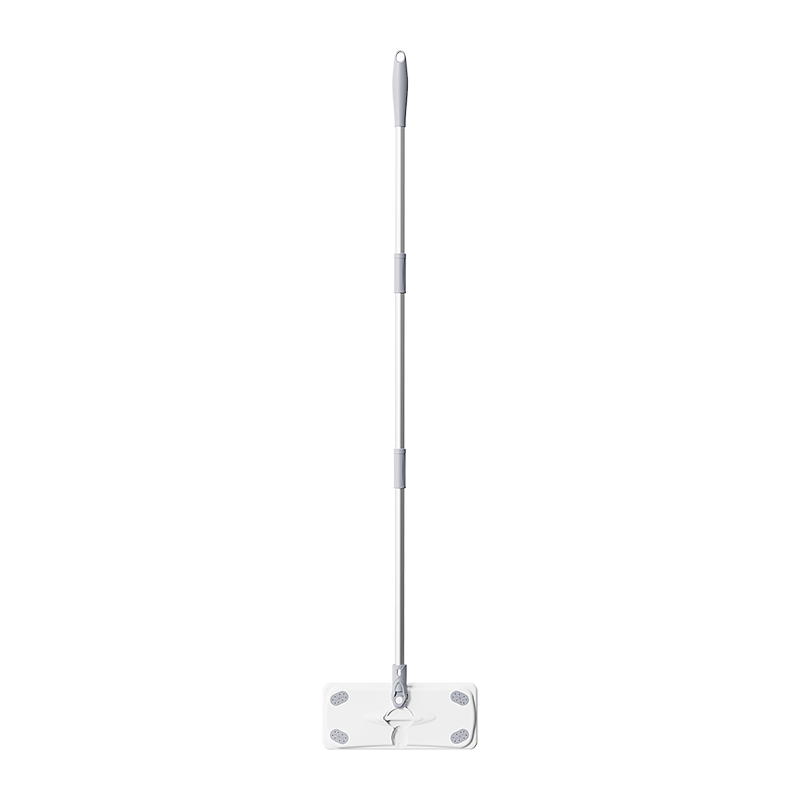
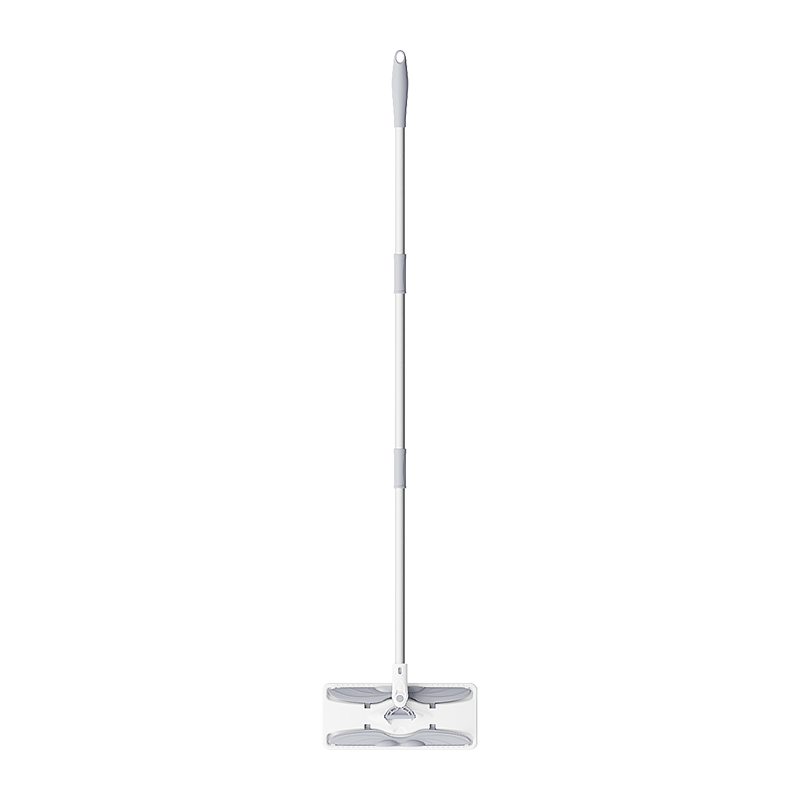
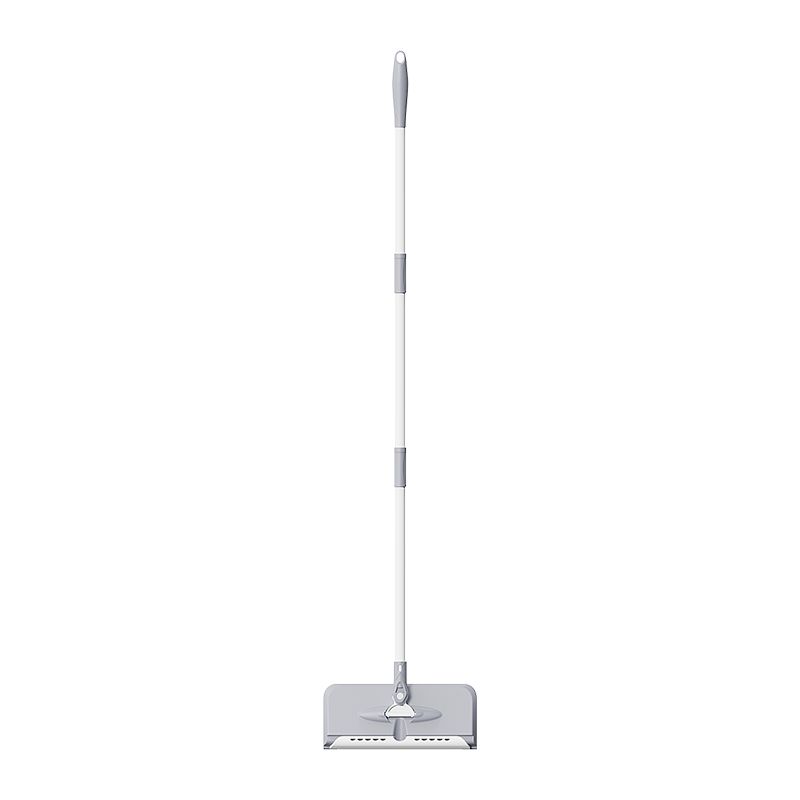
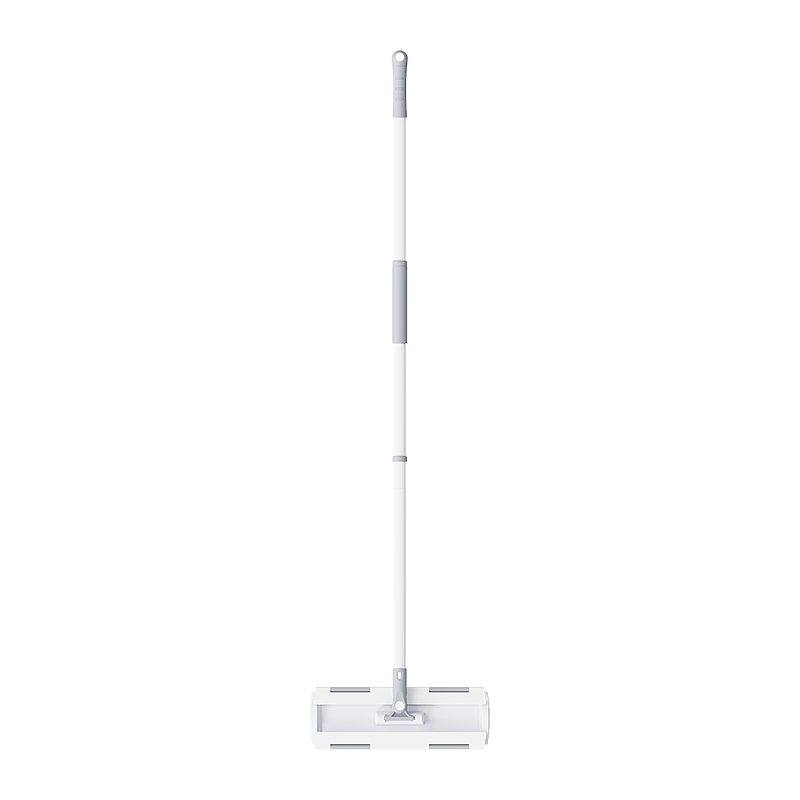
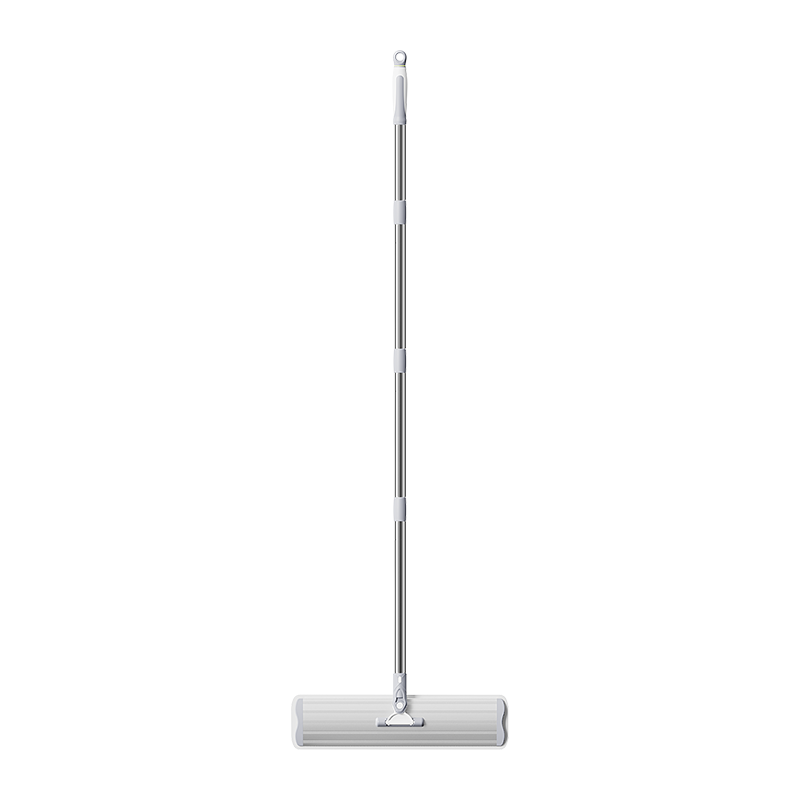
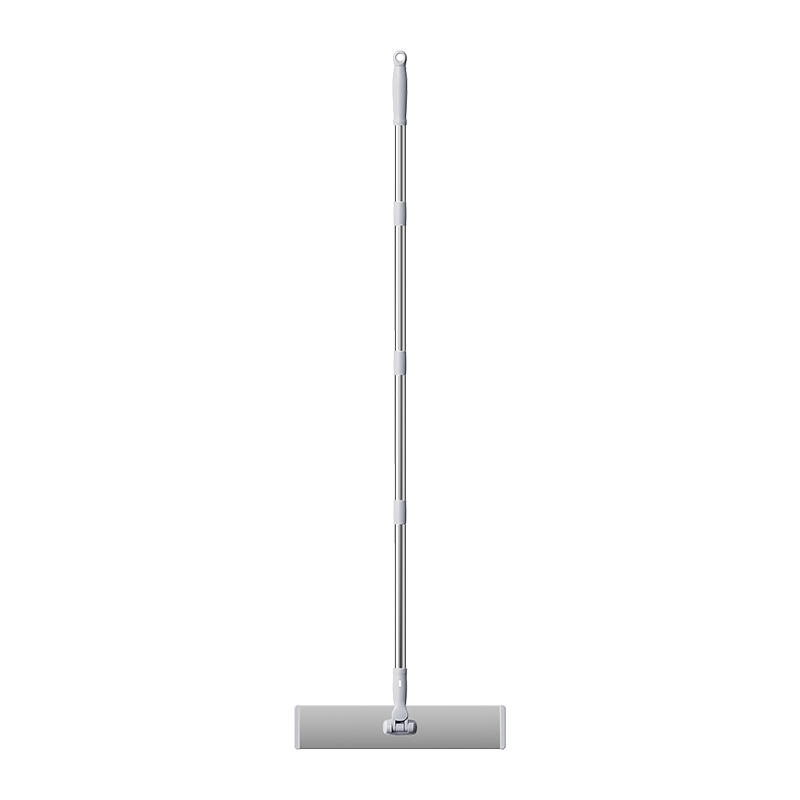
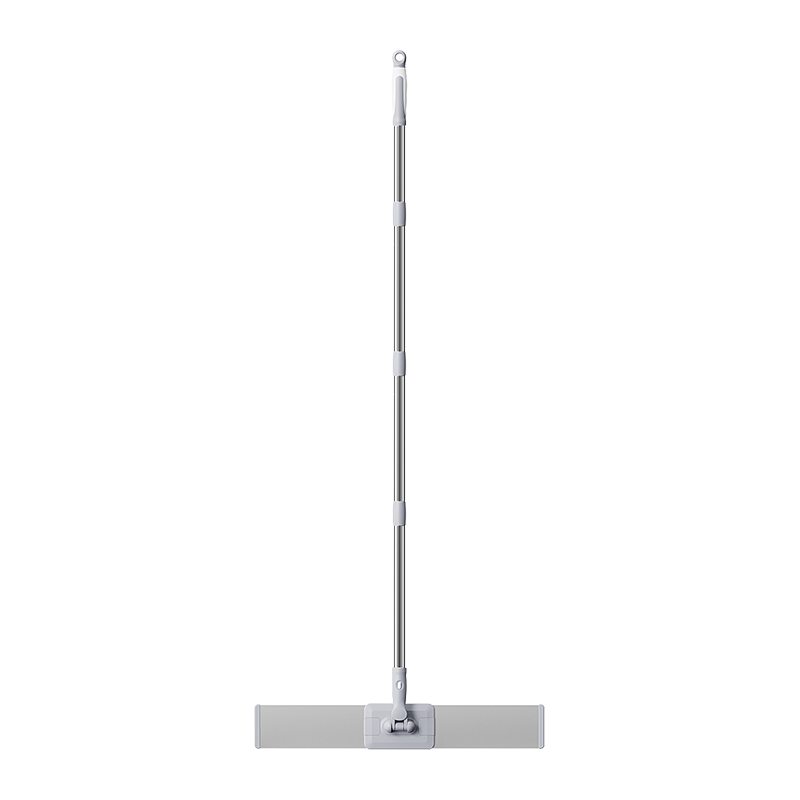
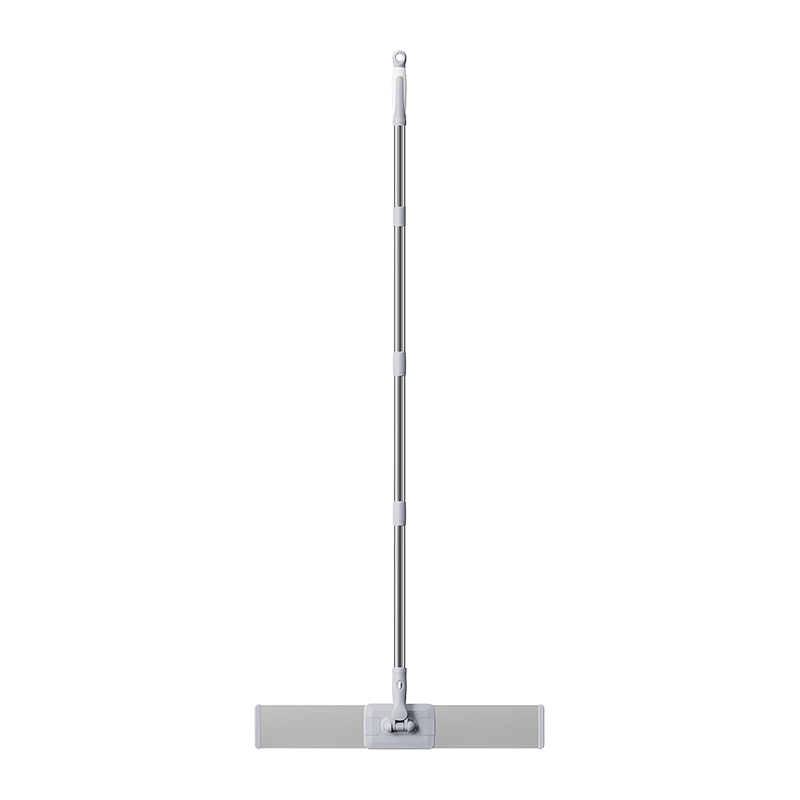
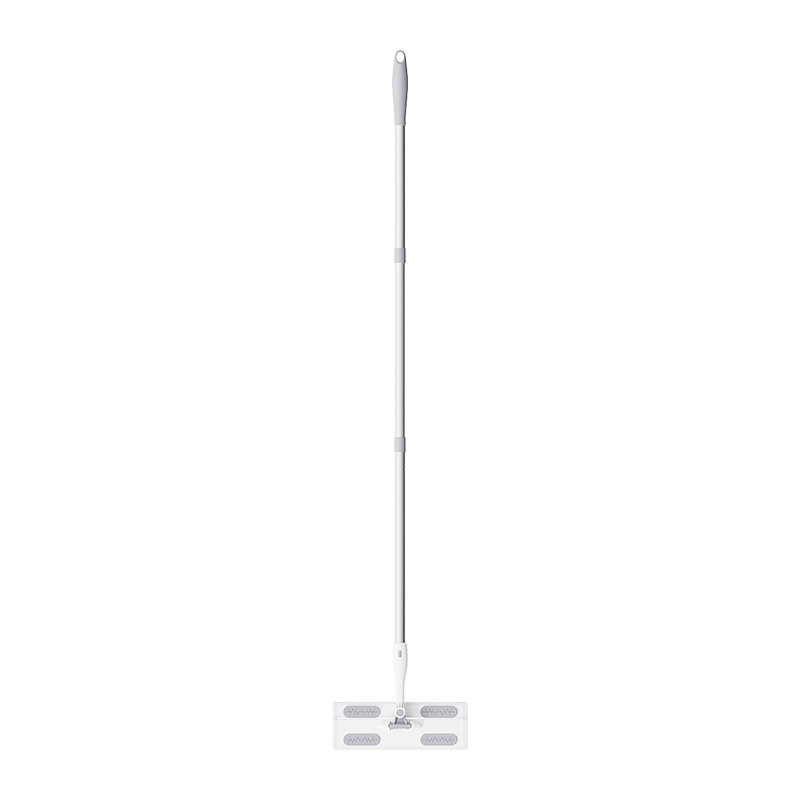
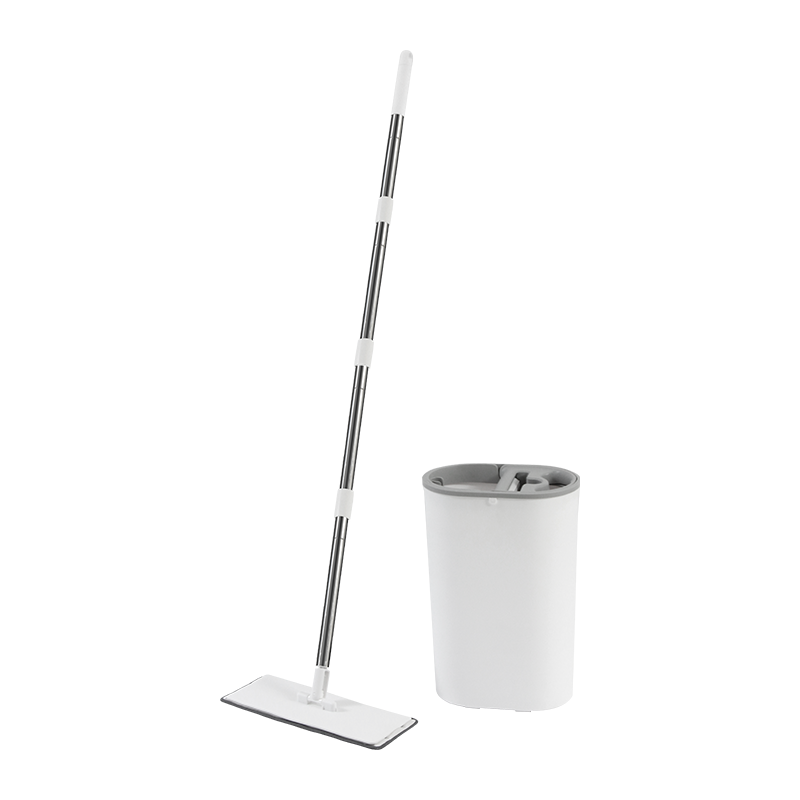
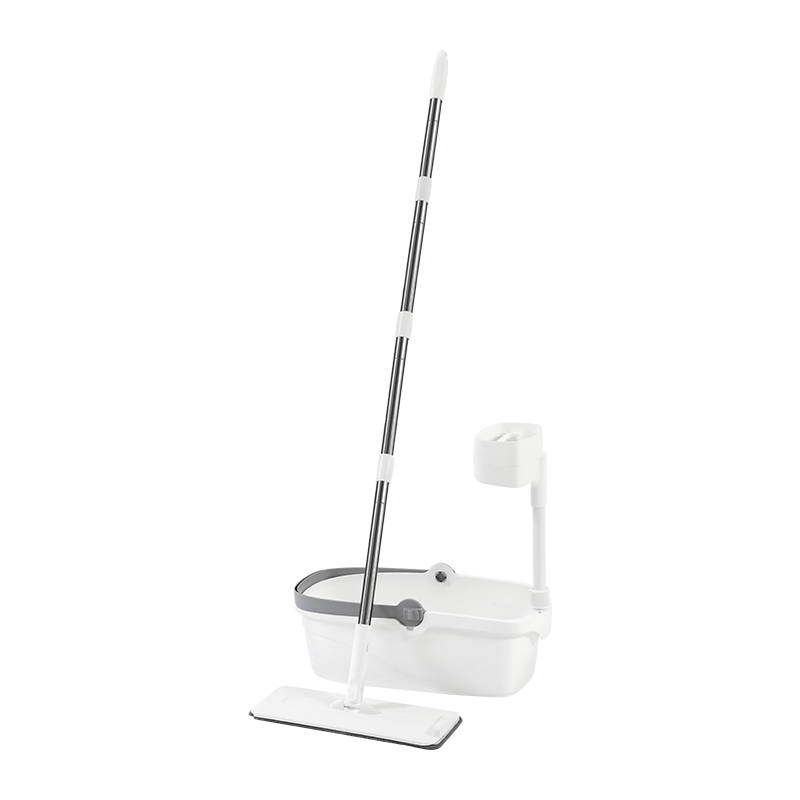

 Products
Products












